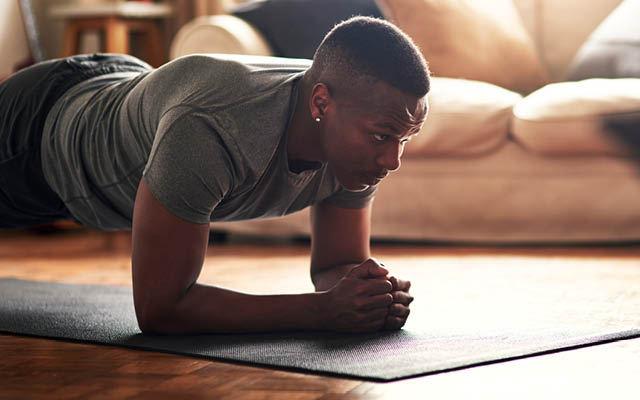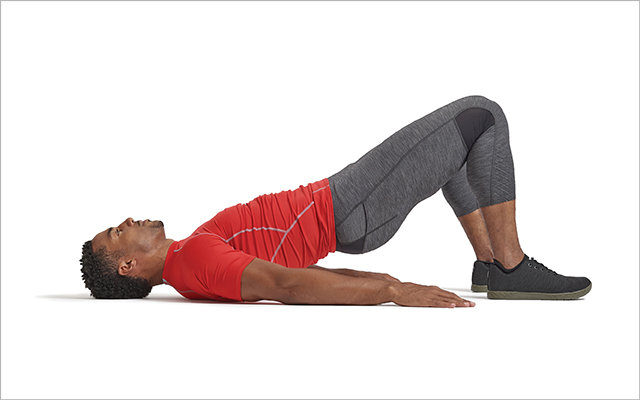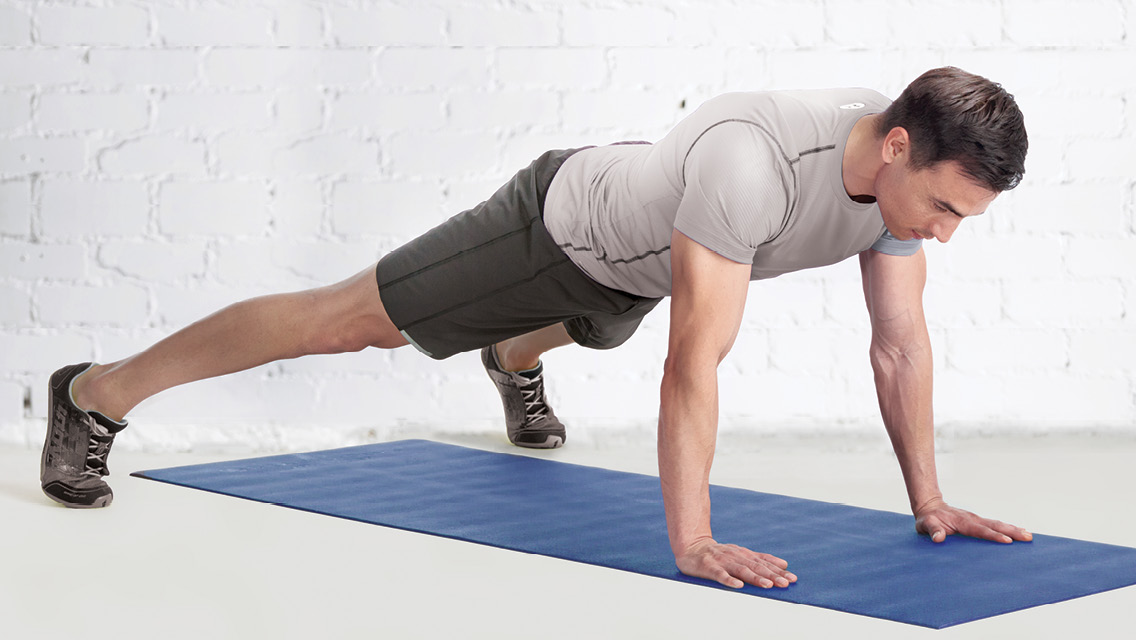The term “shin splints” describes a chronic irritation of tissues in the front of the lower leg — a nasty ache that can interfere with your workouts.
Typical causes include training on hard surfaces, running uphill or downhill, and having weak dorsiflexors (the muscles that pull the toes upward). Overtraining, having tight calves, and wearing old, ratty shoes tend to make matters worse.
Accordingly, many physical therapists prescribe calf stretches, toe lifts and towel toe curls for the condition. But while these exercises do strengthen the dorsiflexors and small muscles of the feet and lower legs, they don’t do much to treat what some high-profile physical therapists are now saying is often the root of the problem: the core.
“Most people who get shin splints,” says Bill Hartman, PT, CSCS, “are poorly conditioned runners with weak, stiff hips; weak gluteus maximus muscles; and weak core musculature.”
Such weaknesses promote excessive pronation of the foot, in turn causing an overload of the deep posterior compartment of the calf. This results in what pain physicians often label as shin splints.
Most shin-splints sufferers, Hartman contends, would benefit most from strengthening their hips and core with exercises like these:
Side Bridge
- Lie on your side propped up on your elbow, body in a straight line, feet stacked on top of one another.
- Lift your hips off the floor so you’re supported on your forearm and the side of your bottom foot. You should be aligned in a straight line from nose to toes and from ear to hip to knee to ankle.
- Hold for a count of five, lower, and repeat for 10 to 12 reps. Perform two to three sets, three to five times a week
Glute Bridge
- Lie face up with knees bent about 90 degrees.
- With your arms at your sides, press them into the floor while pushing your hips upward until your body is in a straight line from shoulder to knee.
- Hold for a count of five, lower, and repeat 10 to 12 times. Perform two to three sets, three to five times a week.





This Post Has 0 Comments